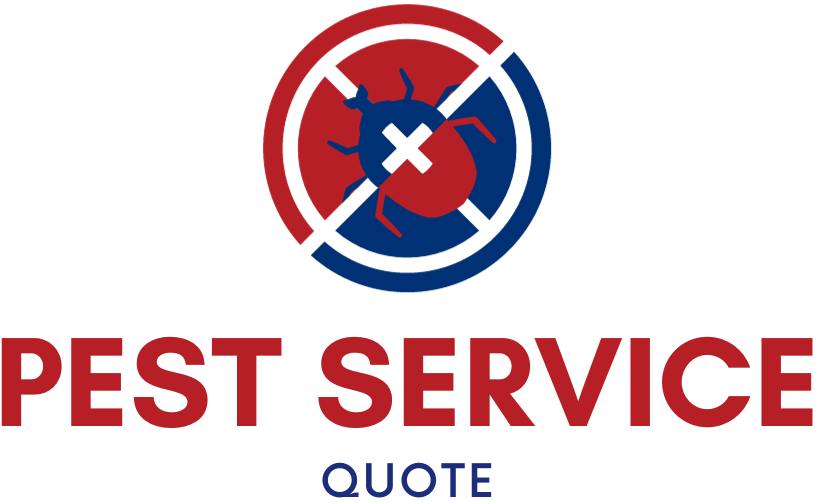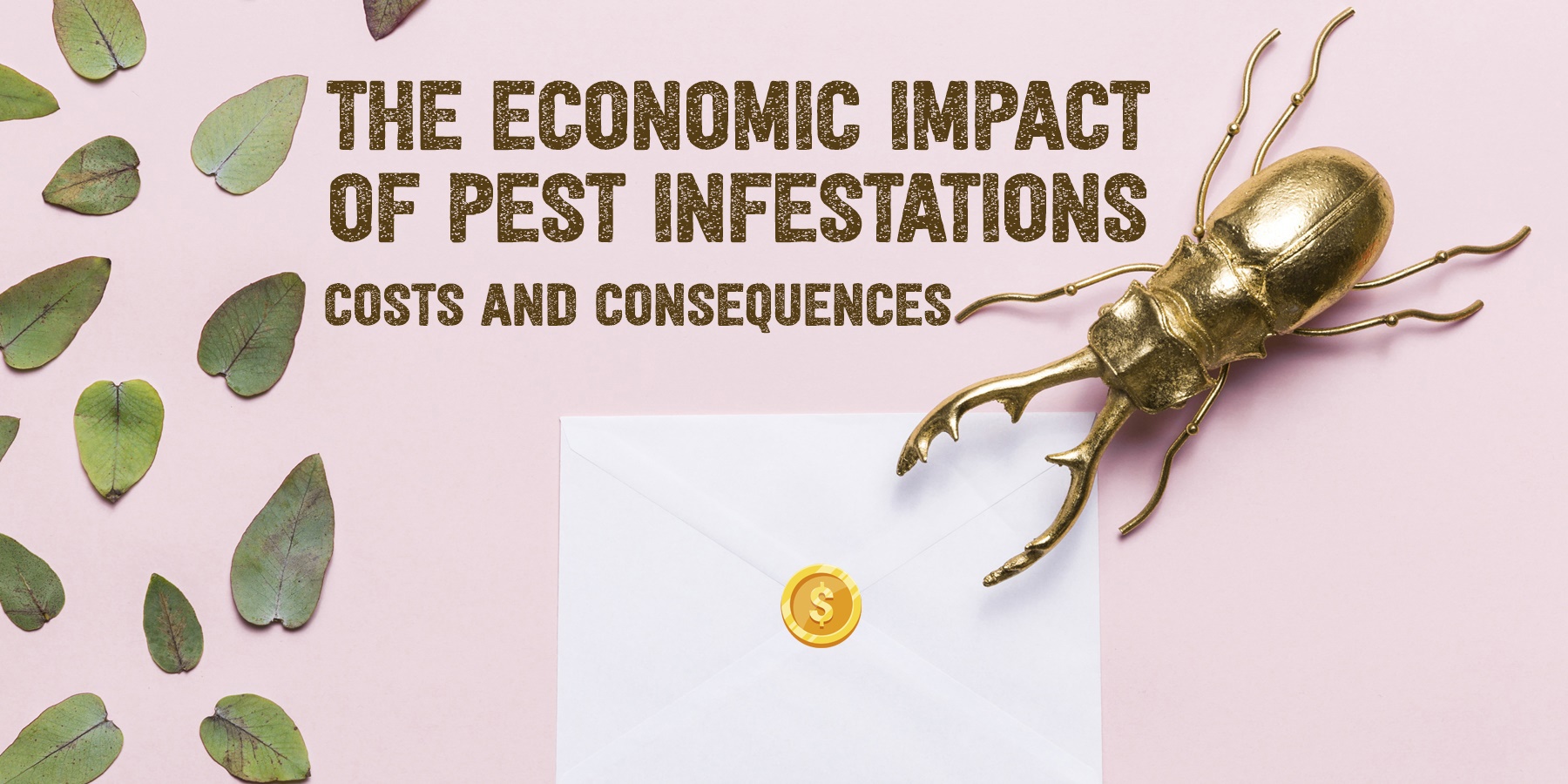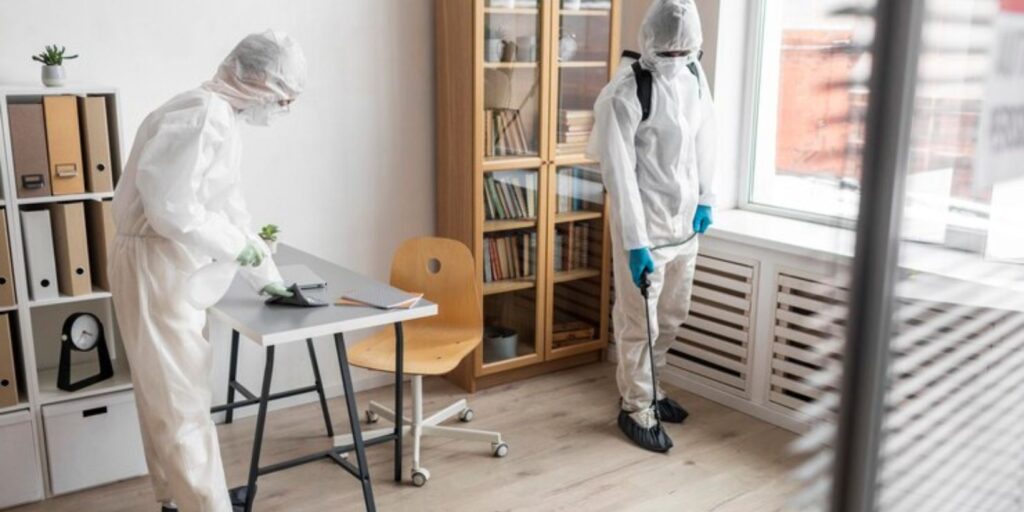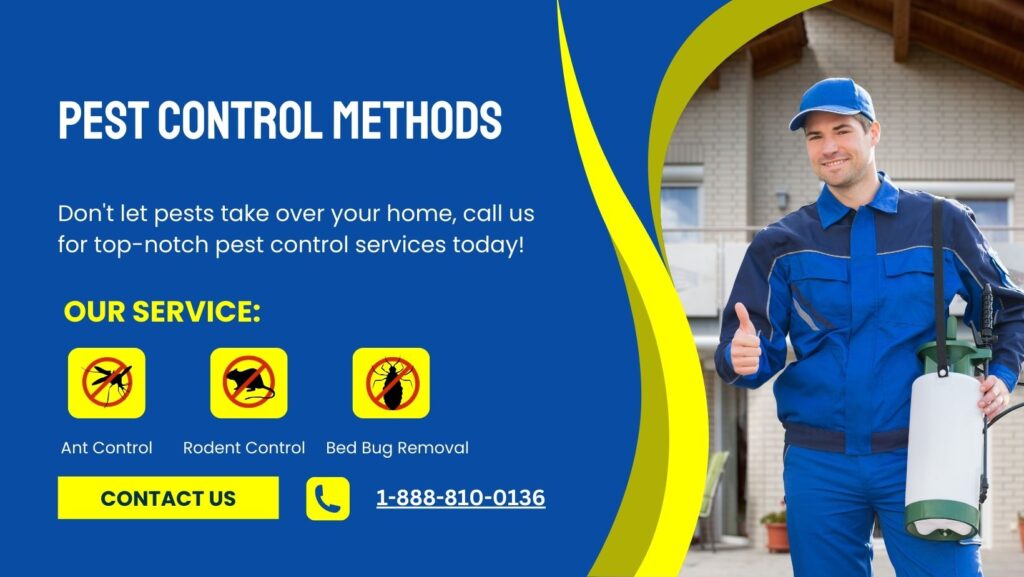From the tiniest insects to the largest rodents, pests can wreak havoc on our lives and livelihoods. Their presence not only poses health risks and structural damage but also exacts a heavy financial toll on individuals, businesses, and even entire industries. In this comprehensive article, we will delve into the economic impact of pest infestations, uncovering the staggering costs and far-reaching consequences they entail. By examining real-world examples and expert insights, we aim to raise awareness about the importance of proactive pest management as a cost-effective investment in safeguarding our health, property, and economic prosperity.
Assessing the Financial Toll: Quantifying Pest-Related Losses
The economic impact of pest infestations is a pressing concern for individuals, businesses, and governments worldwide. Pests pose significant financial risks, resulting in billions of dollars in losses annually. The United States alone spends an estimated $40 billion on pest control measures, a staggering sum that highlights the pervasive nature of this issue. Termite infestations, a common problem for homeowners, can cause structural damage and incur repair costs averaging $5,000 per incident.
The agricultural sector is particularly vulnerable to the economic consequences of pest infestations. Pests and diseases are responsible for an estimated $26 billion in crop losses each year, jeopardizing the livelihoods of farmers and disrupting the food supply chain. Moreover, pests can contaminate food supplies, leading to costly recalls and product losses that further exacerbate financial burdens.
Beyond direct financial losses, pest infestations can also damage a company’s reputation and lead to lost business. Customers are more likely to avoid establishments perceived as unsanitary or poorly maintained due to pest problems, resulting in decreased revenue and potential brand damage. The economic impact of pest infestations, therefore, extends beyond immediate financial losses to encompass broader consequences that affect both individuals and the economy as a whole.
Beyond Monetary Losses: The Ripple Effect on Public Health
In addition to the direct financial costs of pest infestations, there are also a number of other, less tangible costs that can impact businesses and individuals. Pests can spread diseases, contaminate food and water supplies, and trigger allergic reactions and asthma attacks. They can also lead to increased absenteeism and reduced productivity in schools and hospitals. Pest infestations can also have a negative impact on mental health, leading to stress, anxiety, and sleep deprivation.
The health risks associated with pest infestations are significant and should not be underestimated. For example, rodents can transmit diseases such as hantavirus, leptospirosis, and rat-bite fever. Cockroaches can contaminate food and water supplies with bacteria that can cause food poisoning and dysentery. Mosquitoes can transmit diseases such as malaria, dengue fever, and West Nile virus. Bed bugs can cause a variety of skin problems, including itching, swelling, and scarring.
In addition to the physical health risks, pest infestations can also have a negative impact on mental health. The stress of dealing with a pest infestation can lead to anxiety, depression, and sleep deprivation. In some cases, pest infestations can even lead to post-traumatic stress disorder (PTSD).
The economic impact of pest infestations on public health is significant. The cost of treating pest-related illnesses and the cost of lost productivity can amount to billions of dollars each year. In addition, pest infestations can also lead to decreased property values and reduced tourism revenue.
Proactive pest management is a cost-effective investment that can help to protect businesses and individuals from the negative impacts of pest infestations. By taking steps to prevent pest infestations, businesses and individuals can help to protect their health, their property, and their bottom line.
Agriculture Under Siege: Crop Damage and Livestock impact
Agriculture is one of the sectors most affected by pest infestations. Pests can destroy crops, contaminate livestock, and damage agricultural infrastructure.
In the United States alone, pests cause an estimated $20 billion in damage to crops each year. This damage can take many forms, including:
- Reduced yields: Pests can eat crops, damage plants, and spread diseases that can reduce crop yields. For example, the corn earworm can cause up to 50% yield losses in corn crops.
- Increased production costs: Pests can also increase production costs by requiring farmers to use more pesticides, herbicides, and other pest control measures. For example, the use of pesticides to control pests in cotton crops can account for up to 25% of the total production costs.
- Health risks for livestock: Pests can also pose a health risk to livestock. For example, the housefly can spread diseases such as salmonella and E. coli, which can cause illness and even death in livestock.
- Contamination of agricultural products: Pests can also contaminate agricultural products, making them unsafe for human consumption. For example, the Indian meal moth can infest stored grains and cereals, contaminating them with its feces and webbing.
- Loss of biodiversity: Pests can also contribute to the loss of biodiversity by preying on beneficial insects and animals. For example, the emerald ash borer has killed millions of ash trees in North America, disrupting the ecosystem and reducing habitat for other species.
The economic impact of pest infestations on agriculture is significant. In addition to the direct losses incurred by farmers, pest infestations can also lead to increased food prices for consumers. For example, a study by the United Nations Food and Agriculture Organization (FAO) found that pest infestations can increase food prices by up to 30%.
Structural Damage and Property Value Erosion: Other Economic Impact of Pest Infestations
Termites, rodents, and other pests can cause significant structural damage to buildings, electrical systems, and furniture. This damage can lead to costly repairs and make it difficult to sell or rent out a property. For example, termites alone cause an estimated $5 billion in damage to homes in the United States each year. Not only that but pests can also contaminate food and water supplies, posing a serious health risk to occupants.
Rodents, such as rats and mice, can chew on electrical wires, which can cause fires. They can also burrow holes in walls and floors, damaging the structure of a building. Termites, on the other hand, feed on wood and can cause extensive damage to wooden structures, including support beams and joists. This can lead to structural failure and even collapse.
In addition to structural damage, pest infestations can also lead to property value erosion. A property that is infested with pests is less desirable to potential buyers or renters, and may sell for a lower price. In some cases, a pest infestation can even make a property uninhabitable.
The cost of repairing damage caused by pests can be significant. In addition to the cost of repairs, there is also the cost of pest control treatments. Pest control treatments can be expensive, and may need to be repeated on a regular basis to prevent pests from returning.
Proactive pest management is a cost-effective way to protect your property from damage caused by pests. By taking steps to prevent pests from entering your property, you can save yourself the time, money, and hassle of dealing with a pest infestation.
Proactive Pest Management: A Cost-effective Investment
Proactive pest management is a cost-effective investment that can help to prevent the costly consequences of pest infestations. By implementing proactive pest management practices, businesses and individuals can save money on costly property repairs and replacements, reduce the risk of health risks and allergic reactions, attract higher rental rates and property values, increase productivity and efficiency, and enjoy peace of mind and a healthier living or working environment.
The cost of proactive pest management is typically much lower than the cost of dealing with a pest infestation. Pest controller offers a variety of services, such as regular inspections, pest exclusion, and pest removal. The cost of these services will vary depending on the size of the property, the type of pests, and the severity of the infestation.
In addition to saving money, proactive pest management can also help to protect your health and safety. Pests can carry diseases, such as salmonella, E. coli, and Lyme disease. They can also trigger allergic reactions and asthma attacks. By keeping pests out of your home or business, you can reduce your risk of exposure to these harmful pests.
Proactive pest management can also help to increase productivity and efficiency. Pests can disrupt your daily activities and make it difficult to concentrate. By eliminating pests, you can create a more productive and efficient work environment.
Finally, proactive pest management can give you peace of mind. Knowing that your home or business is protected from pests can help you to relax and enjoy your life.



